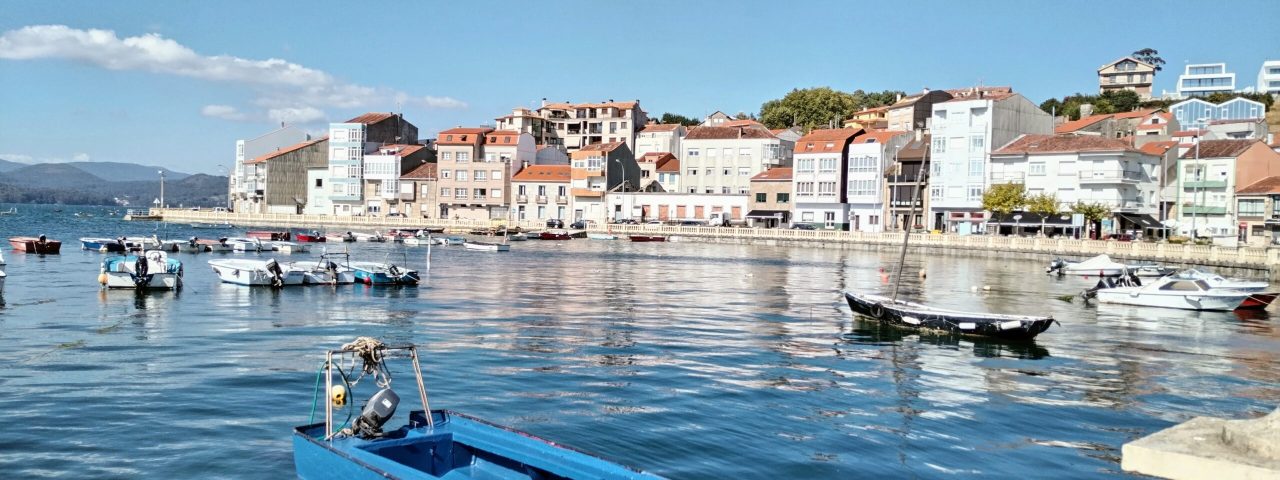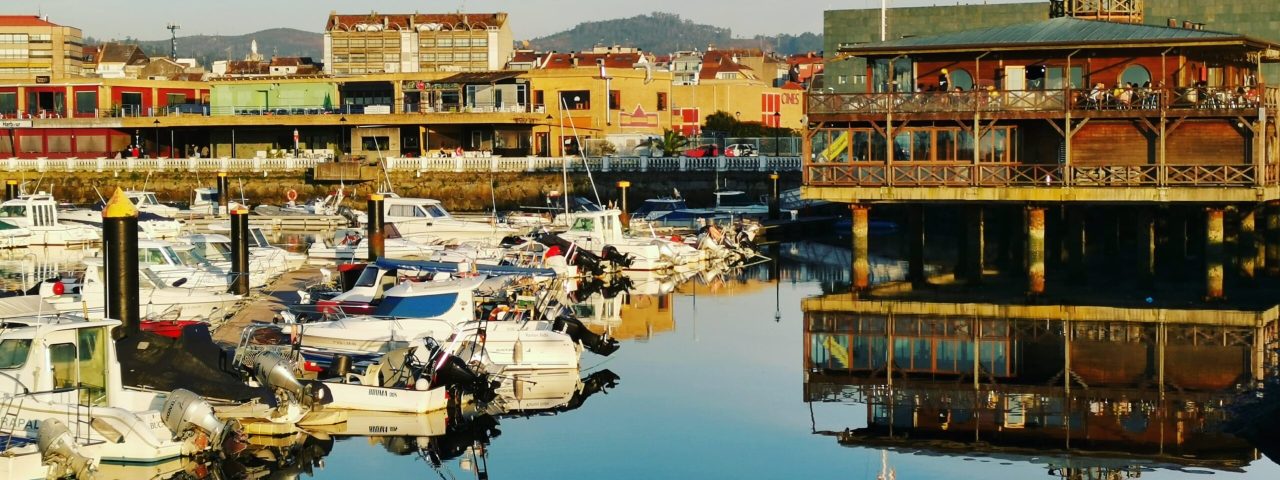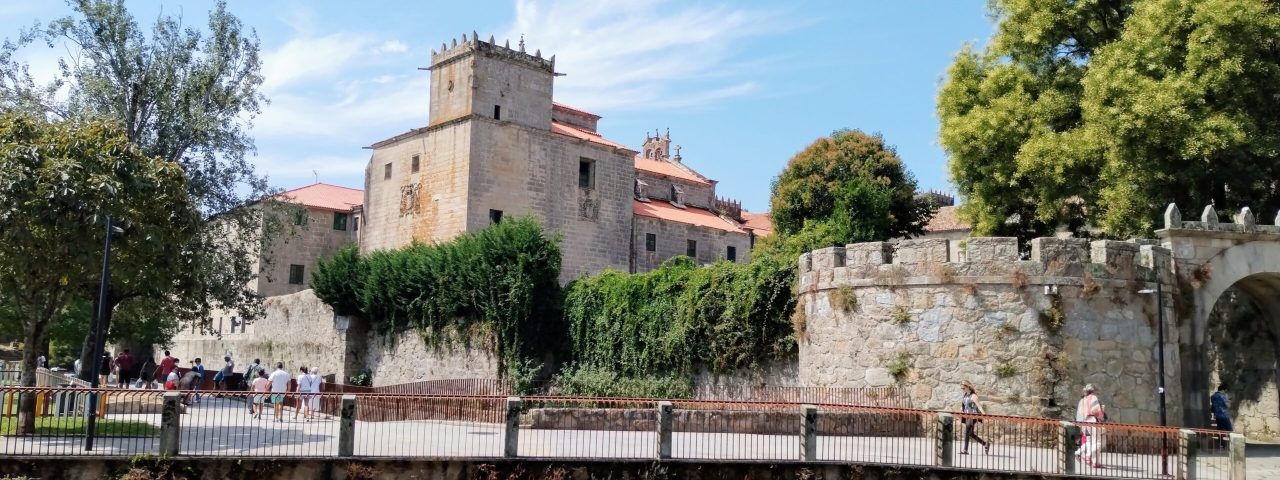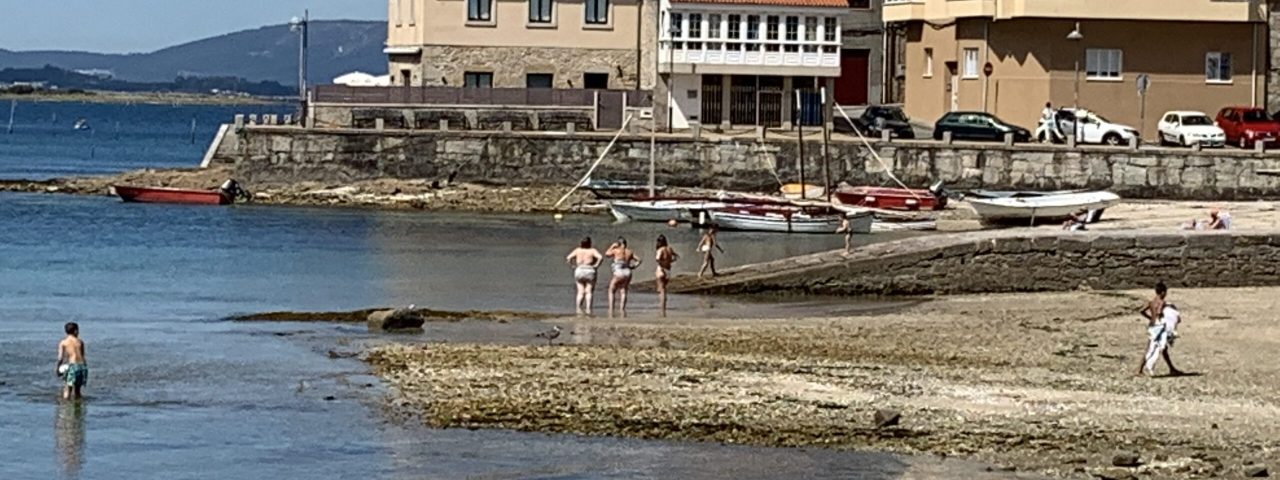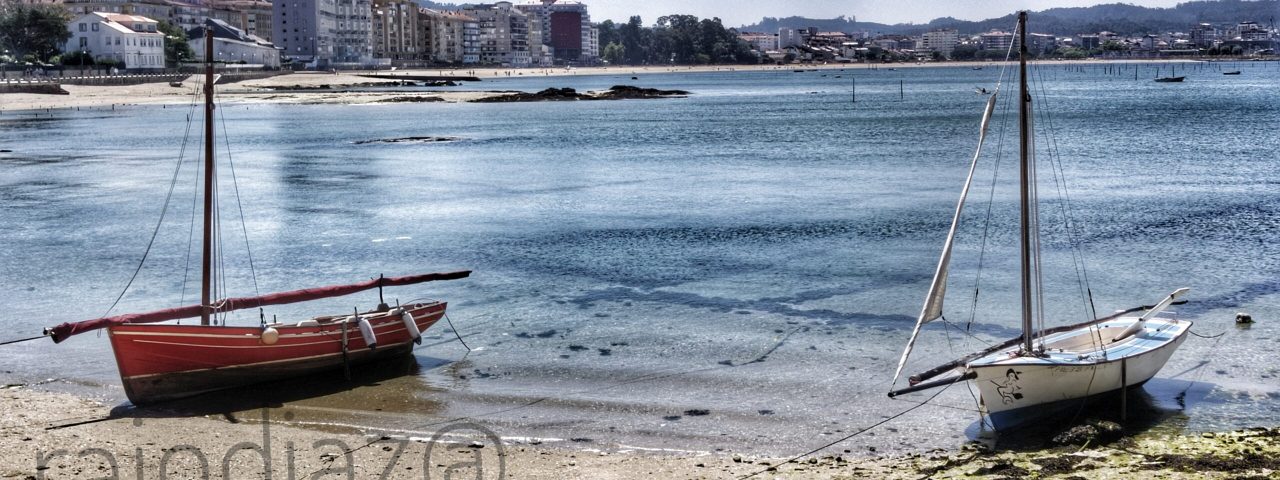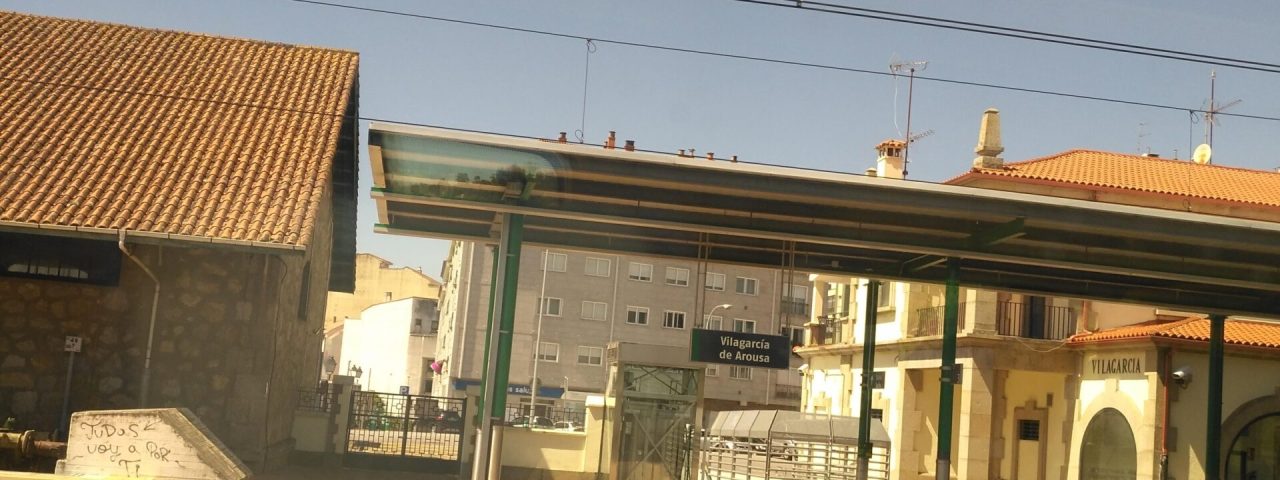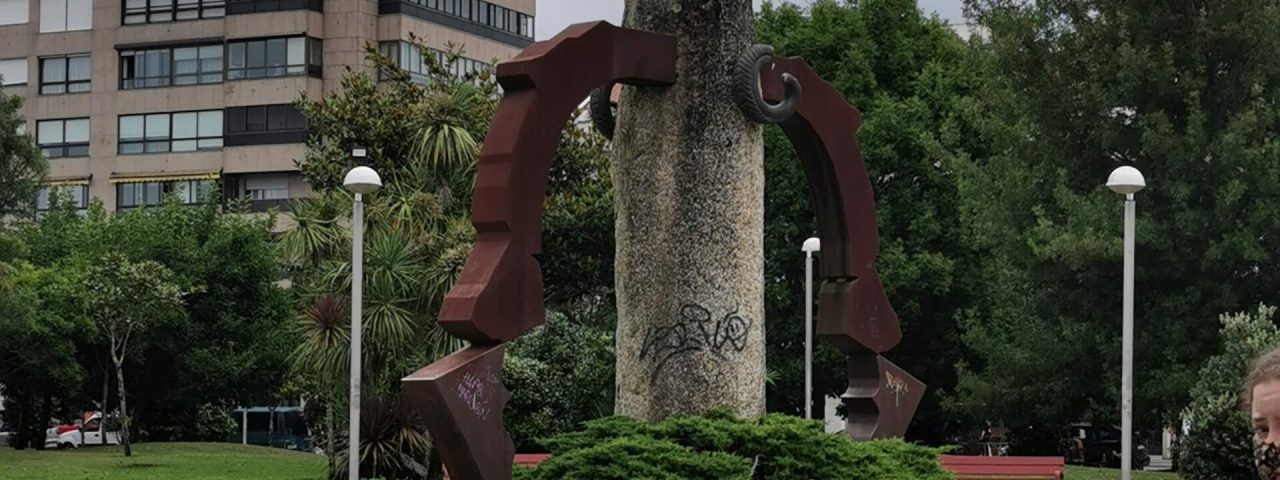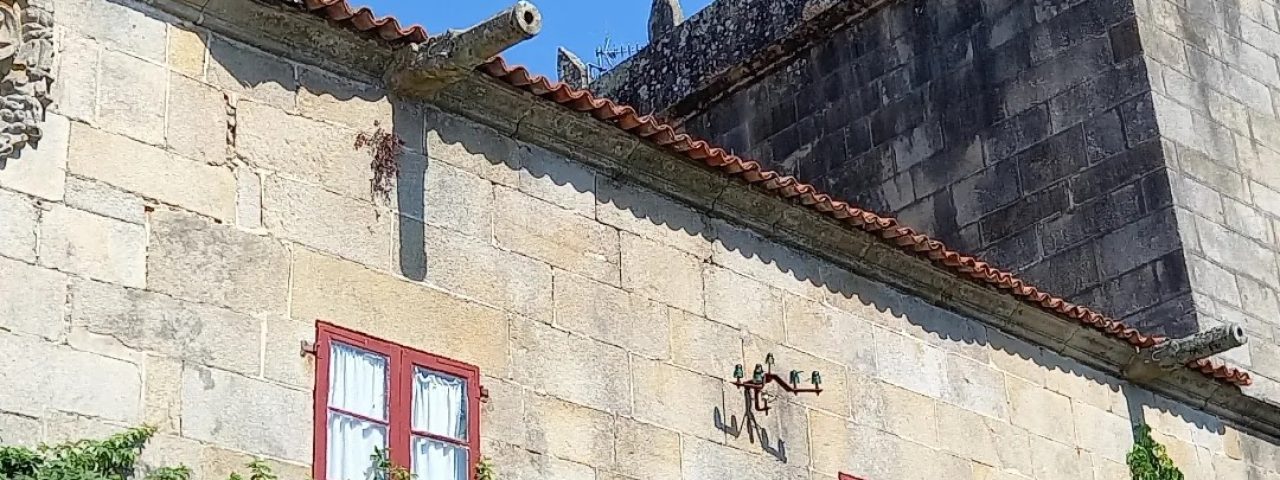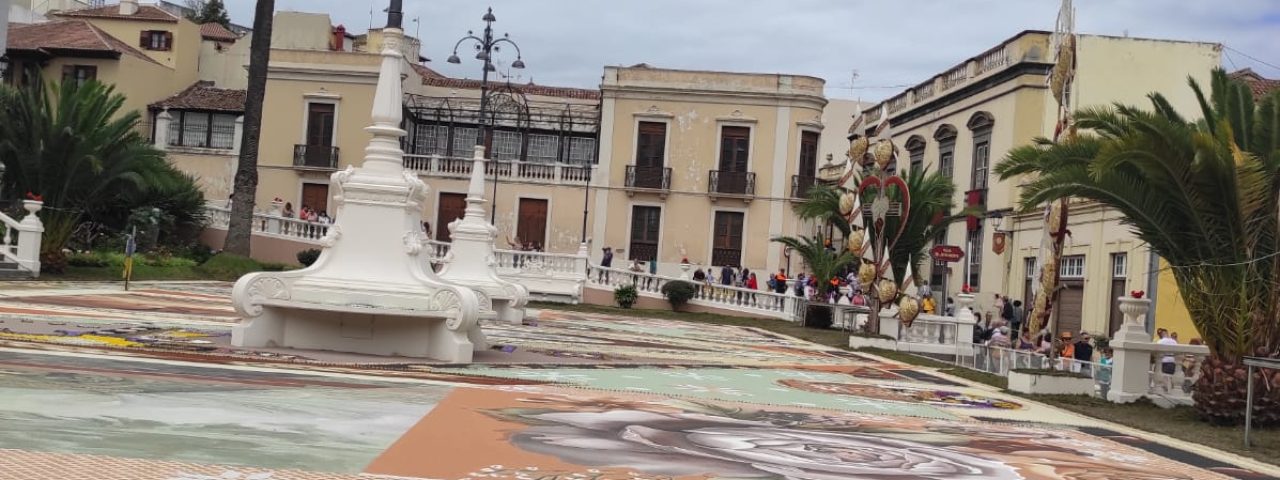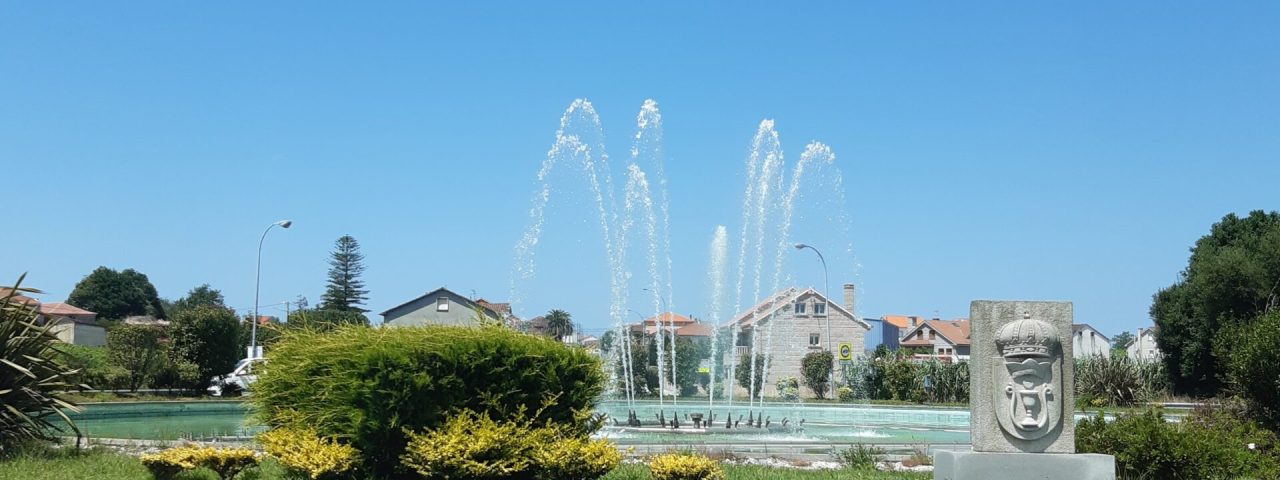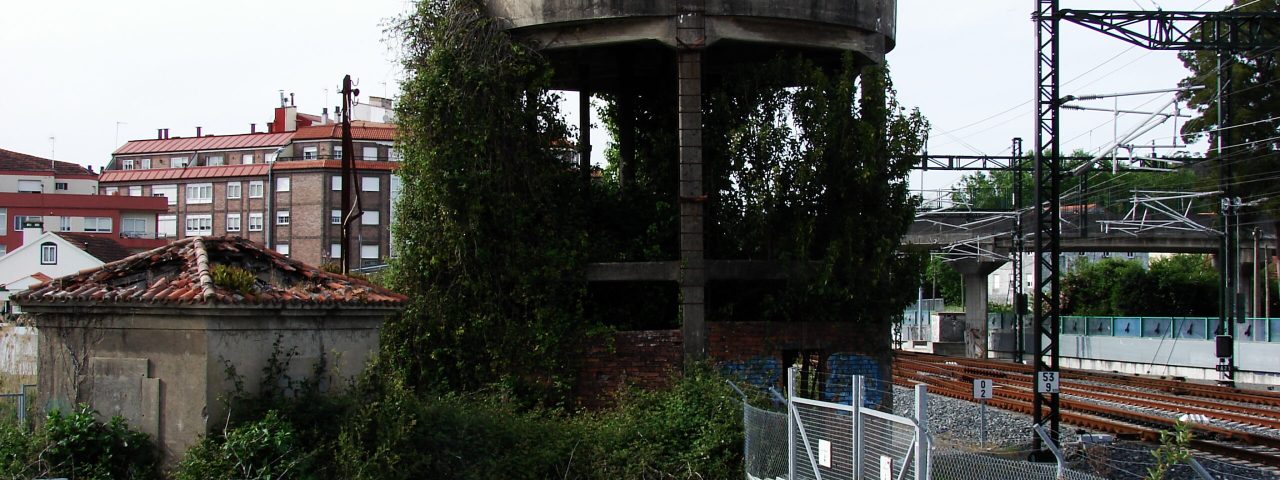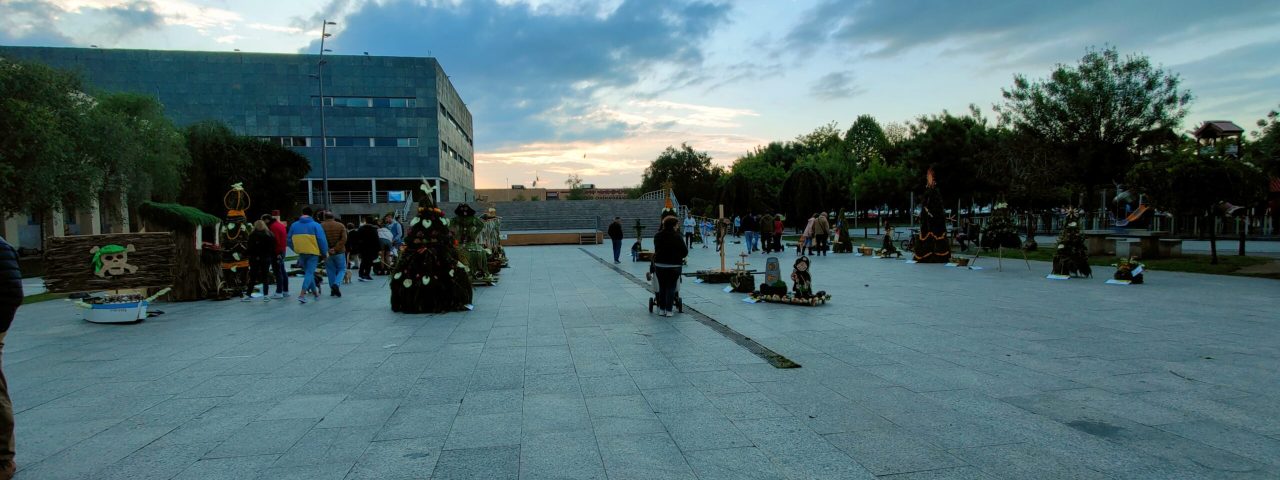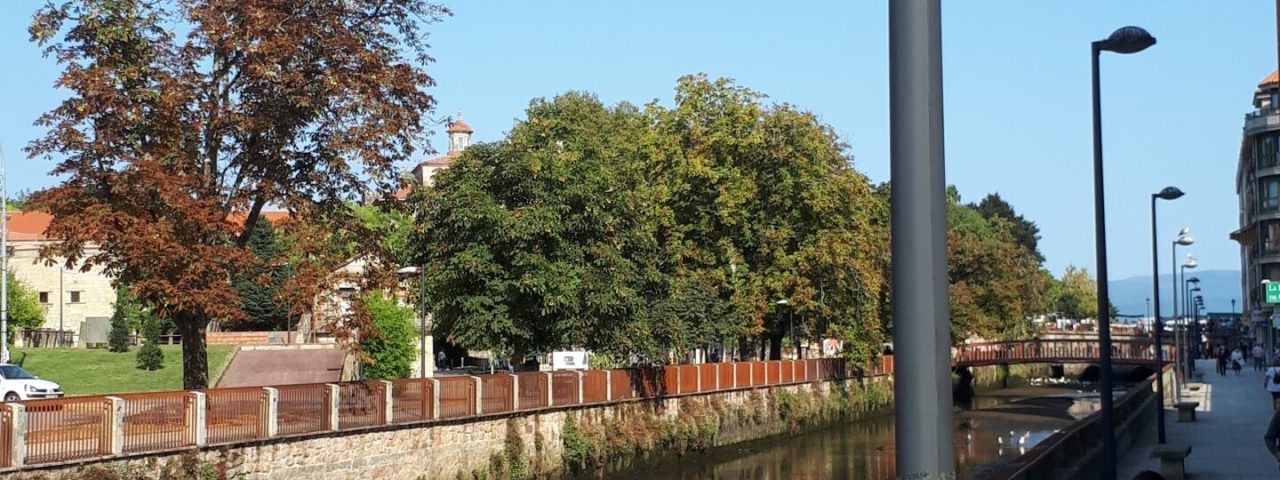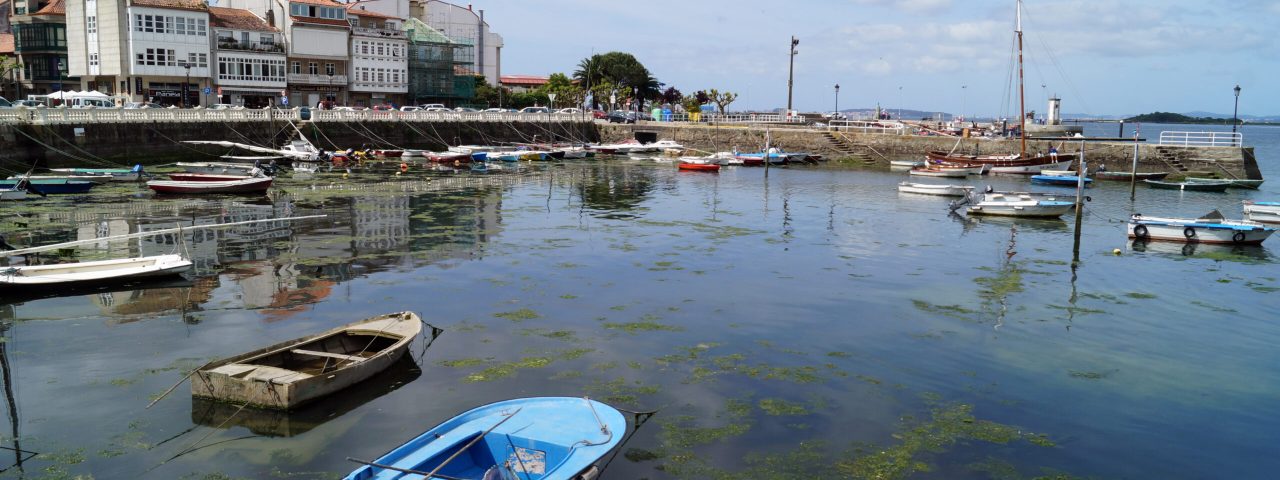The history of Villagarcía de Arosa stretches back centuries, with Roman influences still evident in the area’s archaeological remains. During the Middle Ages, the city grew as a fishing and trading hub, thanks to its strategic position on the Ría de Arousa. The city’s name derives from the noble García de Caamaño family, who played a pivotal role in shaping its early development. Over the centuries, Villagarcía has been influenced by various civilizations, including the Romans, Visigoths, and Moors, although its Galician identity remains strong.
Culturally, Villagarcía is famous for its festivals and traditional Galician customs. The Festa da Auga, celebrated on August 16th, is one of its most famous festivals, where locals and tourists partake in a lively water fight in honor of St. Roch. Another important event is the Romería de San Roque, a religious pilgrimage. Traditional Galician music, particularly bagpipes (gaitas), often accompanies local celebrations, and visitors will frequently see traditional Galician costumes worn during festivals.
Villagarcía’s culture is deeply connected to the sea, reflected in its maritime traditions and seafood-focused gastronomy. The Galician language, spoken alongside Spanish, adds another layer to its rich cultural heritage, making the city a fascinating mix of ancient customs and modern life.
